Artificial textile fibres
In the fashion industry , the use of man-made textile fibres has spread rapidly, mainly because they offer an alternative that is a little more affordable and has valuable properties for clothing.
But what do we mean by artificial textile fibres, and is it the same as synthetic fibres? No, they are not the same, although many people confuse them!
Often, various doubts and misunderstandings arise as to how to refer to this material. But it is a type of combination between synthetic fibres and natural fibres, resulting in a high quality material.
Throughout this post we will reveal the production process of man-made fibres, their properties, advantages and even their current use in the textile industry in the context of sustainable transformation.
WHAT IS AN ARTIFICIAL FIBRE?
Artificial textile fibres are defined as a material that instead of being 100% scientifically produced, has a combination with natural materials. They may contain cellulosic fibres, protein fibres or various natural materials.
Cellulose is also a key material in the manufacture of artificial fibres, often supplemented with proteins extracted from plants and in very exclusive cases even from animal DNA.
In the case of synthetic fibres (which are still in high demand today due to their price), the composition is mainly derived from substances such as petroleum. This is not the case in the production of man-made fibres, where cellulose is more prevalent.
With the rise of textile trends interested in sustainability, there has been a growing interest in discovering and promoting the production of ecological fibres, and today there are many types of this material, even made from fruit or various plant materials.
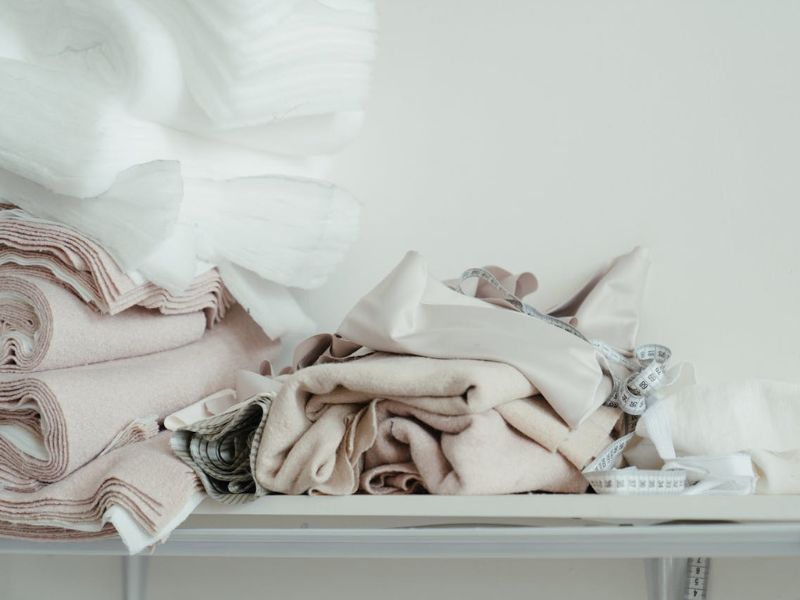
On the other hand, this initiative not only seeks to highlight the lower impact on the environment, but also to ensure that fair and ethical treatment of animals is also present.
It should also be understood that this material does not fall into the category of natural fibres, but they are a less polluting alternative to synthetic fibres.
CHARACTERISTICS OF artificial TEXTILE FIBRES
Surely you are wondering what are the benefits of using artificial textile fibres, we will tell you how they are produced and what are the benefits that have allowed them to maintain a solid growth in recent years.
Artificial textile fibres were born in France
France has been very relevant in the development and evolution of the fashion world, so it is not so surprising to know that the origin of man-made textile fibres actually developed there.
This happened in 1880 with the production of artificial silk, which was born out of the need to introduce a cheaper version of conventional silk to the market.
For this project, the experts used wood pulp, although today, in the development of artificial fibres, various types of plant materials are involved, provided that their molecular characteristics denote great adaptability.
High absorption capacity
It is a hard-wearing material that is easy to dye.
Thanks to the many innovations in artificial textile fibres, there are more and more options for this material. The various plant-based materials used influence its properties.
In addition, the ease of dyeing and prolonging the quality of the pigmentation, as well as the fact that it is a durable material with a longer service life, are two of its most important characteristics.
WHAT IS THE PRODUCTION PROCESS OF MAN-MADE FIBRES?
Now that you know what the properties of artificial textile fibres are, it is worth understanding what the production process consists of. It consists of a methodology composed of several steps.
The usual method for manufacturing artificial fibres in the textile industry is known as "viscose", one of its first steps is to treat the cellulose with sodium hydroxide to transform it into a thicker material.
This material then goes through a filtering process to remove impurities and later receives a chemical bath to generate its hardness and thus obtain fine yarns which are then converted into artificial textile fibre.
TYPES OF MAN-MADE TEXTILE FIBRES
The use of artificial fibres in fashion has grown considerably in recent years and is booming. Its low environmental impact combined with its beneficial properties make it a prestigious sustainable alternative.
Several brands and ecological avant-garde projects propose certain measures to progressively reduce the use of synthetic fabrics such as polyester or nylon in order to take more advantage of artificial fibres in the manufacture of garments and everyday objects.
Here are some types of artificial textile fibres, their properties and uses in industry.
Viscose (Rayon)
One of the most widely used artificial fibres today, it has also been involved in textile recycling initiatives as it can be regenerated.
In addition, rayon or viscose is a fibre made from cellulosic materials that are then treated with sodium hydroxide. In the production process of this fabric, an acid bath is applied to give it its final shape.
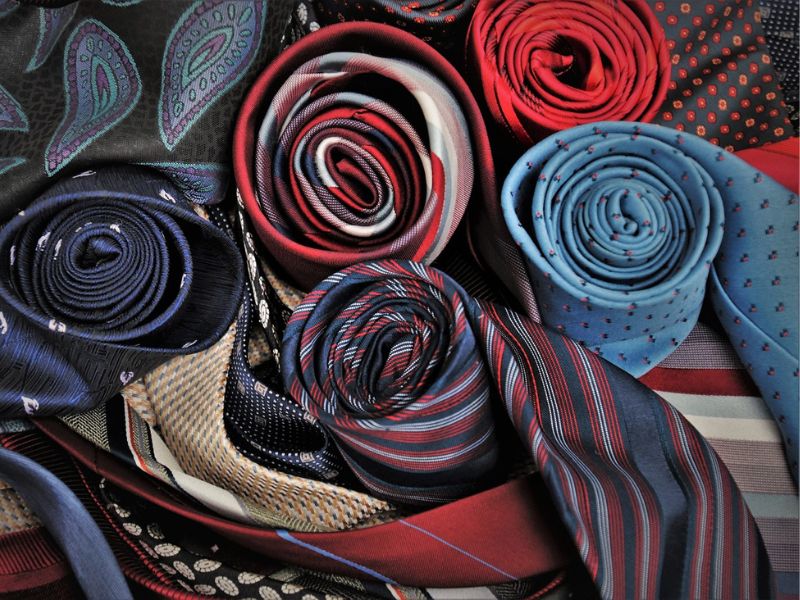
Although rayon is not as strong as for the production of more solid objects, it is very well suited to the production of coating fabrics and various garments.
Modal
Known as Modal or Rayon HWM is a type of regenerated cellulose fibre, the production process takes place by obtaining the viscose. Among its qualities, it has great elasticity even when the material is wet.
On the other hand, it has a great capacity to absorb liquids, maintains the pigmentation of dyes for a long period of time and absorbs humidity even better than materials such as cotton.
Lyocell (Tencel)
It is considered as one of the types of scratches that exist in the textile industry, its main quality is that its manufacturing process is quite environmentally friendly.
Nowadays it is also known as Tencel and it is a type of fibre that stands out for its resistance, comfort and softness to the touch. On the other hand, it is usually draped in a very practical way, almost as much as silk.
Acetate
The main difference between this material and other man-made textile fibres is that they are not made from cellulose, but from cellulose acetate. In addition, in its production there are cotton remnants (specifically waste) which are then transformed into cellulose.
It is a material that can be used in a wide variety of ways, and its use in the textile industry makes it possible to obtain a material known as moiré.
Triacetate
It is also created from cellulose acetate, but it is not the same as acetate fibre as they have different chemical compositions. For its part, this fibre is no longer produced in some countries such as the United States.
They also tend to contain a higher level of cellulose acetate than pure acetate fibres. Among its qualities is its strength and durability, although it is a flexible material, it is not the most elastic in this category.
Cupro
A comparison of man-made and natural fibres is often necessary, especially for the use of plant materials such as cotton, as presented in this case.
This fibre is obtained from the cellulose made from flax cotton, for which the material passes through a chemical bath called "cupramonium", in modern times the chemicals used in this process are not hazardous to health or the environment.
Bamboo (bamboo rayon)
Also known as bamboo flax and one of the most recognised man-made textile fibres today, it is manufactured from the vegetable content of bamboo through an exhaustive process.
Although it is a popular practice today, the truth is that this plant has been involved in the industry for years.
Alginate (Alginate)
In the textile industry they are known as alginate fibres and are obtained from the derivative of brown algae; glucuronate and maluronate are also used in their manufacture. It involves a complicated production process, although its use is notable for its low environmental impact.
CONCLUSION ON TYPES OF MAN-MADE TEXTILE FIBRES
One of the greatest charms of this material is the negative decrease on the environmental impact of artificial fibres. Many elements involved in production are sourced from nature through cellulose.
However, the fight for sustainability and more conscious practices reduced in toxic processes continues. And now more than ever, companies and brands are looking to get involved for a sustained global transformation.
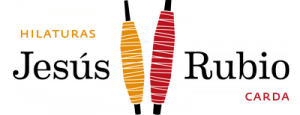
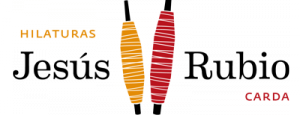
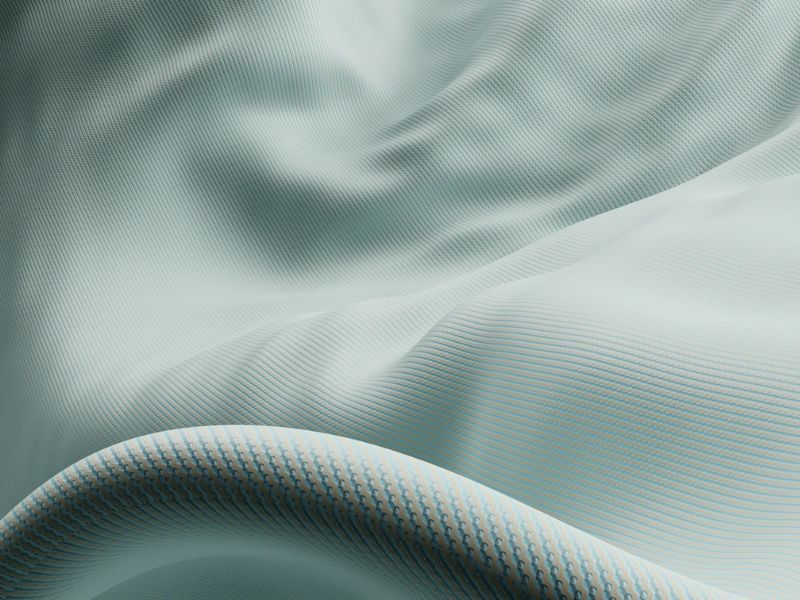


Users Reviews